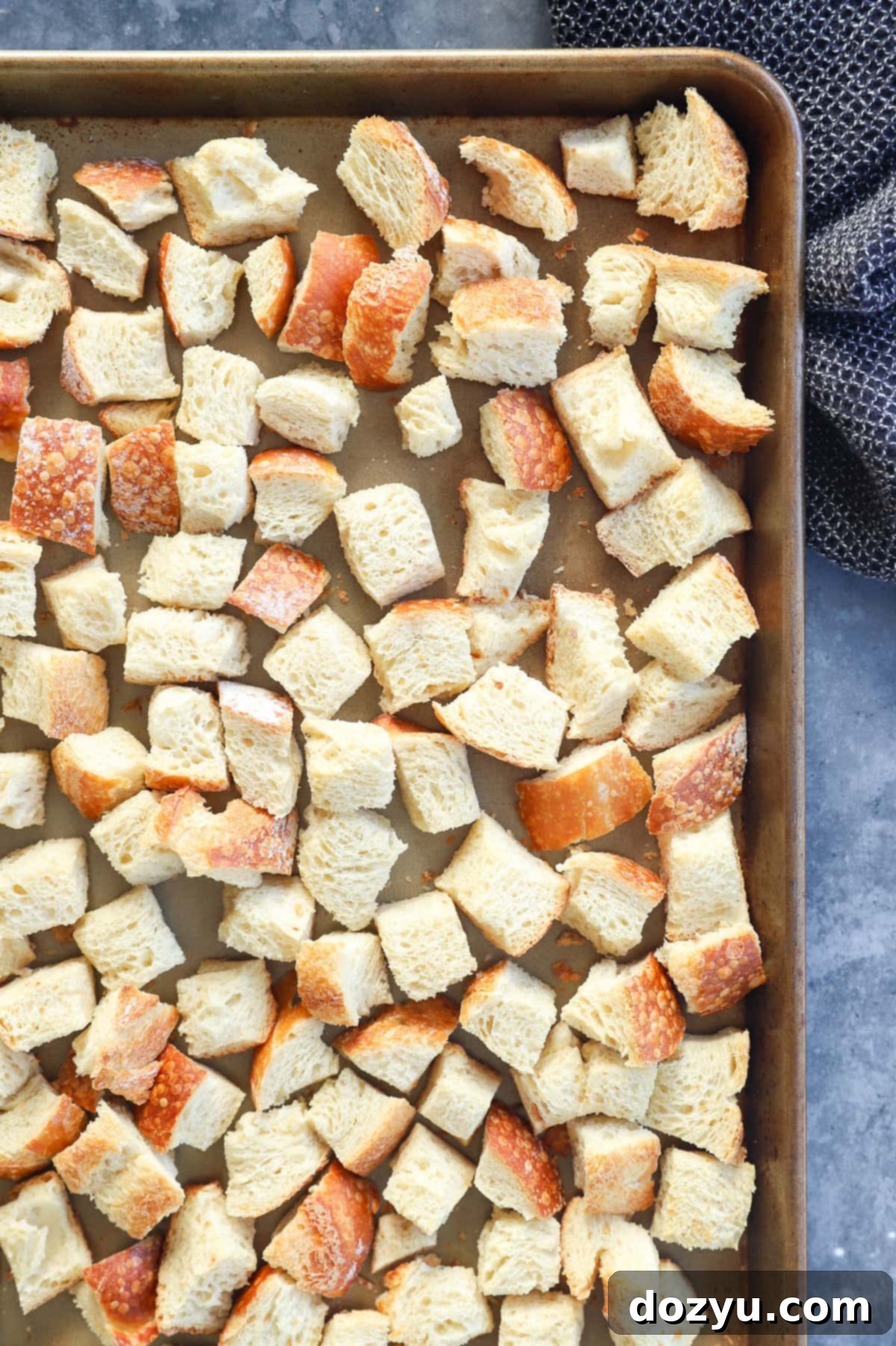The Ultimate Guide to Choosing the Best Bread for Your Stuffing: Flavor & Texture Secrets
Choosing the right bread for your stuffing is a critical step that truly makes all the difference in achieving that perfect texture and unforgettable flavor. This comprehensive guide will walk you through the very best bread options available, offer practical recipe suggestions, and share expert tips to ensure your stuffing is the star of any meal!
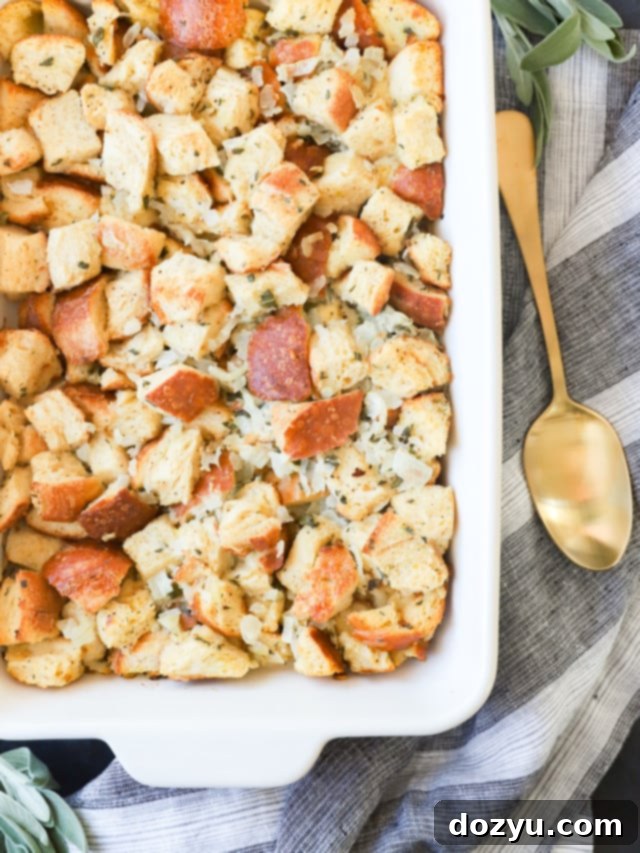
As the holiday season approaches, one question consistently emerges in the culinary community: “What bread truly makes the best stuffing?” Many might dismiss this as a minor detail, thinking that “it’s just bread,” and its impact couldn’t be that significant. However, after countless experiments in my kitchen over the years, I can confidently tell you that the bread you choose is not just an ingredient; it’s the foundation upon which your entire stuffing recipe stands or falls. The wrong choice can lead to a disastrous, gummy, or overly dense side dish, a fate no holiday meal deserves.
I’ve taken on the task of thoroughly testing various bread types in my stuffing and dressing recipes. Some proved to be exceptional, delivering delightful textures and absorbing flavors beautifully. Others, regrettably, turned into complete failures, resulting in an unappetizing mess. My goal here is to share these insights, saving you from culinary disappointment and guiding you toward the optimal bread for your specific stuffing vision. Prepare to discover some surprising winners on this list, alongside certain types that are best avoided altogether.
This guide will meticulously break down the best breads for stuffing, enriched with all the practical tips, clever tricks, and valuable lessons I’ve gathered throughout my cooking journey. This is your year to elevate your stuffing from a mere side dish to an absolute showstopper – the best you’ve ever made!
Table of Contents
What Type of Bread is Best for Stuffing?
The quest for the perfect stuffing begins with the ideal bread. Each type offers distinct characteristics that will influence the final texture, moisture level, and overall flavor of your dish. Let’s delve into the top contenders and understand what makes them stand out.

White Sandwich Bread
For many, classic white sandwich bread is the go-to foundation for stuffing, and for good reason. Its neutral flavor profile ensures that it readily absorbs the rich, aromatic flavors of your stuffing ingredients—herbs, broths, and seasonings—without competing. This allows the other elements of your recipe to truly shine. The key to success with white bread lies in its preparation: it absolutely must be stale. Stale bread won’t turn into a soggy, gummy mess when moistened with broth; instead, it provides a tender, yielding texture that’s deeply satisfying. If your bread isn’t stale, don’t worry, there’s a quick oven method we’ll discuss below.
However, quality matters. Avoid the highly processed, airy loaves often labeled as “Wonderbread” or similar budget options. These tend to disintegrate too easily and lead to a mushy texture. Instead, opt for a higher-quality white sandwich bread with thicker, sturdier slices. These will better hold their shape, offering a more robust structure and a superior eating experience in your traditional stuffing recipe.

Challah
Challah, a traditional Jewish braided bread, shares a similar tender crumb structure with white bread but brings an added layer of richness to your stuffing. Made with eggs and often a touch of sugar, challah offers a slightly sweeter, buttery flavor and an incredibly soft, delicate texture. When used in stuffing, it creates a dish that feels more luxurious and flavorful. The egg content helps it maintain some structure while still absorbing moisture beautifully, resulting in a wonderfully tender and moist stuffing. If you’re looking to elevate the flavor profile of your stuffing beyond the conventional, challah is a fantastic and often surprising choice that yields impressive results.
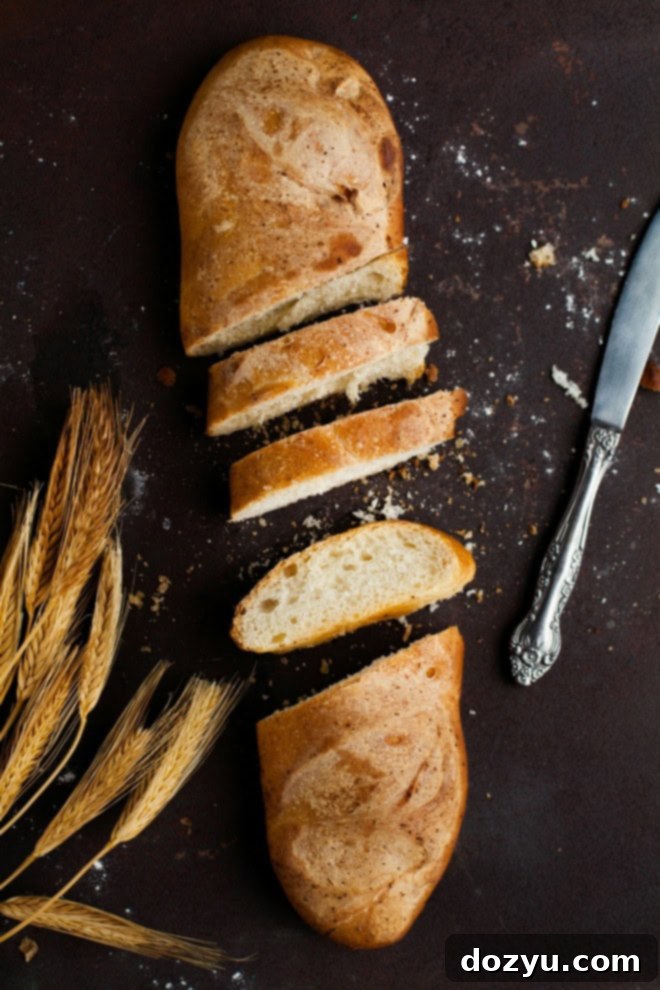
Supermarket “French” Style Bread
It’s crucial to distinguish this from a true artisan French baguette. Here, I’m referring to those larger, softer loaves commonly labeled as “French bread” found in most supermarket bakeries. These breads typically have a softer crust and a more open, airy crumb compared to a traditional baguette. While their neutral flavor is excellent for absorbing the savory notes of stuffing, their tendency to get mushy very easily means that thoroughly drying out the bread cubes before use is an absolute must. Toasting the cubes in the oven helps them firm up, allowing them to absorb liquid without becoming a paste. This type of bread, when properly prepared, delivers a delightful balance of softness and structure. In fact, it’s often my family’s preferred choice for making our traditional stuffing!

Italian Bread
Similar to supermarket French bread in its versatility, Italian bread often boasts a slightly chewier crust and a satisfyingly airy interior. If you’re a fan of those delightful, extra crispy elements scattered throughout your stuffing, Italian bread is a fantastic option. Its robust crust can crisp up beautifully during baking, adding a wonderful textural contrast to the softer interior. The subtle hint of olive oil often found in Italian bread recipes can also contribute a lovely, savory undertone to your stuffing. Ensure you dry it out thoroughly to prevent sogginess, and you’ll be rewarded with a stuffing that offers both tender bites and satisfyingly crunchy bits.
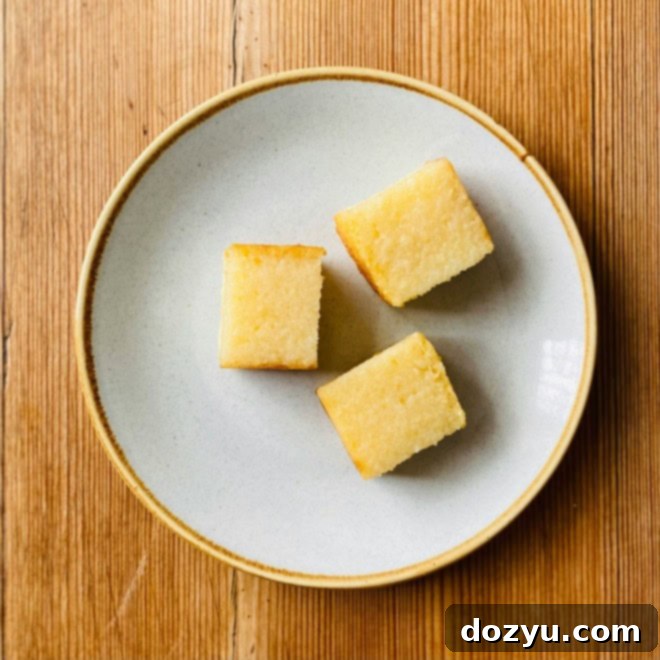
Cornbread
For a stuffing with a distinctly Southern charm and a moist, tender crumb, cornbread is an exceptional choice. The unique, slightly sweet, and earthy flavor of cornbread is absolutely delicious in stuffing, especially when you’re looking to venture beyond traditional flavors. It pairs magnificently with bold additions like green chiles, spicy sausage, or smoky bacon, transforming your stuffing into something truly special. Because cornbread itself is often quite moist, it naturally contributes to a wonderfully succulent stuffing. This makes it the ideal selection for those who prefer a “wet,” richly textured dressing rather than a dry or crumbly one. The texture often breaks down more than other breads, creating a comforting, almost casserole-like consistency that’s incredibly appealing.

Croissants
If I had to crown an overall winner for the best bread for stuffing, it would undoubtedly be croissants. Their buttery, flaky layers create an unparalleled richness and a truly magnificent texture. I’ve successfully incorporated croissants into various dishes, from a decadent French toast casserole to delightful croutons, and their performance in stuffing is equally stellar. When toasted into cubes, they maintain their shape beautifully, offering a wonderful crispiness on the outside while remaining tender and incredibly flavorful within. This unique combination of crunchy texture and rich, buttery taste makes croissants the ultimate choice for anyone who adores a stuffing with a luxurious mouthfeel and a discernible crisp element. It’s a true indulgence that elevates any holiday spread.
Honorable Mentions & Breads to Consider Carefully
While the breads above are my top recommendations, it’s worth noting some other options that occasionally appear in stuffing recipes. Based on my personal experience and countless tastings over the years, these generally don’t deliver the optimal stuffing experience for most traditional recipes.
English Muffins
While beloved for breakfast, English muffins present several challenges when used in stuffing. Their characteristic chewy texture, especially around the “nooks and crannies,” can become unpleasantly rubbery when baked into stuffing. Furthermore, their distinctive yeasty flavor tends to be too strong and can overpower the delicate herbs and savory notes that define a great stuffing. The texture also doesn’t absorb liquids evenly, often leading to pockets of sogginess and dryness.
Bagels
Bagels, with their dense, chewy crumb and firm crust, are simply too heavy and compact for stuffing. They struggle to absorb moisture adequately, often resulting in a stuffing that is either dry and tough or, if over-moistened, becomes an unappetizing, gummy mass. Their strong, distinctive flavor, especially savory varieties like onion or everything bagels, can also clash significantly with traditional stuffing ingredients.
Brioche
Brioche is a rich, buttery, and often slightly sweet bread, much like challah but typically richer. While its tender texture is excellent, its sweetness can be a bit overpowering for many savory stuffing recipes. It needs to be carefully paired with ingredients that can balance its sweetness, perhaps a stuffing with fruits or bolder savory elements. Without the right balance, the stuffing can taste more like a dessert than a savory side dish.
Real French Baguette
A true artisan French baguette is characterized by its incredibly crisp, almost brittle crust and a relatively dense, open crumb. While excellent for dipping or sandwiches, its extreme crustiness means it doesn’t absorb liquids effectively enough for a soft and tender stuffing. The tough crust can remain too chewy even after baking, and the interior, while flavorful, doesn’t achieve the desired tender, moist consistency typical of traditional stuffing.
Sourdough Bread
Sourdough bread, with its distinct tangy flavor, can be quite polarizing in stuffing. For some, the sour notes are a welcome complexity, but for many traditional stuffing recipes, the flavor can be too strong and overpowering. It tends to dominate the delicate balance of herbs, vegetables, and broth, making the stuffing taste overly tart. While its chewy texture can be appealing, the intense flavor profile often makes it a less versatile choice for a crowd-pleasing holiday stuffing.

Stuffing Logistics & Preparation Tips
Beyond choosing the right type of bread, how you prepare it is equally important. Understanding a few key logistical details can significantly improve your stuffing’s final outcome.
How to Make Bread Stale Fast
Stale bread is the secret ingredient to great stuffing. It’s not about moldy bread, but simply dried-out bread. Fresh bread, with its high moisture content, turns mushy and glue-like when saturated with broth, leading to a heavy, unappetizing stuffing. Stale bread, on the other hand, acts like a sponge, absorbing liquids without losing its structural integrity, resulting in a light, flavorful, and perfectly textured dish. If you don’t have time to let your bread naturally stale overnight (which is often the case during busy holiday prep!), this quick oven method is a lifesaver:
- Preparation: Cut your chosen bread into uniform cubes or slices, aiming for pieces of similar size to ensure even drying.
- Arrange on Baking Sheet: Spread the bread cubes in a single layer on a large baking sheet. Avoid overcrowding the pan; use multiple sheets if necessary. This allows air to circulate and promotes even drying.
- Bake to Dry: Bake in a preheated oven at 250˚F (120˚C) for 15 to 20 minutes. Keep a close eye on it; you’re looking for the bread to be thoroughly dried out and a light golden brown around the edges.
- Stir for Evenness: Gently stir or flip the bread cubes halfway through the baking time to ensure all sides are exposed to the heat and dry out evenly.
- Cool: Remove from the oven and let cool completely before using in your stuffing recipe.
Can I Use Gluten-Free Bread for Stuffing?
Absolutely! Preparing a delicious gluten-free stuffing is entirely possible, ensuring everyone at your table can enjoy this classic side dish. The key considerations for gluten-free bread are similar to traditional bread, but with an added emphasis on drying. Gluten-free breads often have a different crumb structure and can be more prone to becoming overly soft or mushy if not properly dried.
I highly recommend choosing a sturdy, sandwich-style gluten-free bread for the best results. Brands like Canyon Bakehouse Mountain White or Canyon Bakehouse Heritage Style Whole Grain are excellent choices known for their good texture and ability to hold up in recipes. Regardless of the brand, it is imperative to go through the drying-out process outlined above. This step is crucial for gluten-free bread as it helps prevent it from becoming too dense or mushy when it absorbs the flavorful broth. By drying it thoroughly, you’ll achieve a stuffing that boasts a delightful texture, rich flavor, and caters to dietary needs without compromise.
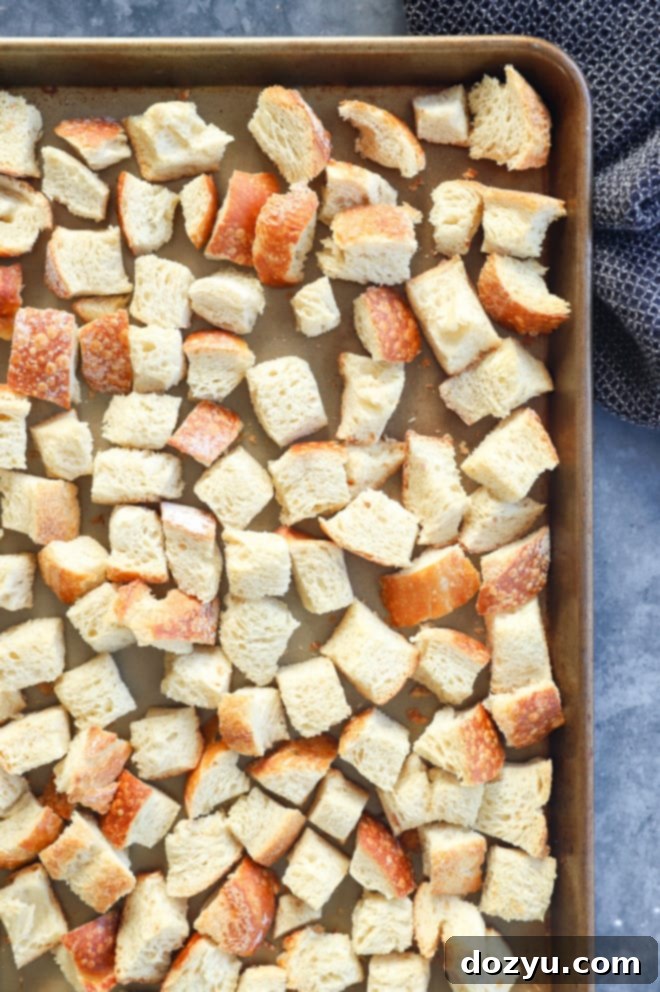
Essential Tools for Stuffing Success
Having the right kitchen tools can make the stuffing preparation process smoother and more enjoyable. Here are some must-haves for crafting your perfect homemade stuffing:
- Casserole Dish: A high-quality casserole dish is indispensable. I prefer ones that are not only functional but also aesthetically pleasing (even a simple white ceramic dish works wonders!). This allows you to go directly from oven to table, making serving effortless and elegant. Depending on your recipe, having aluminum foil handy to cover the dish during baking can help prevent the top from browning too quickly and keep the stuffing moist.
- Large Skillet or Cast Iron Skillet: Essential for sautéing your aromatic ingredients like onions, celery, and mushrooms. A large skillet ensures even cooking and allows enough space to properly caramelize vegetables, building a deep flavor base for your stuffing. Cast iron, in particular, offers excellent heat retention and distribution.
- Chef’s Knife and Cutting Board: Precision is key when preparing your bread cubes and other ingredients. A sharp chef’s knife and a sturdy cutting board will make quick work of chopping fresh herbs, dicing vegetables, and cubing your chosen bread evenly, which is vital for consistent texture.
- Large Mixing Bowls: You’ll need ample space to combine your dried bread cubes with sautéed vegetables, broth, and seasonings. A spacious set of mixing bowls allows you to toss everything together thoroughly without spillage, ensuring every piece of bread is coated in flavorful liquid before baking.
Stuffing Must-Haves
3 quart baking dish
Buy Now →
cast iron skillet
Buy Now →
chef’s knife
Buy Now →
cutting board
Buy Now →
mixing bowls
Buy Now →
measuring cups
Buy Now →
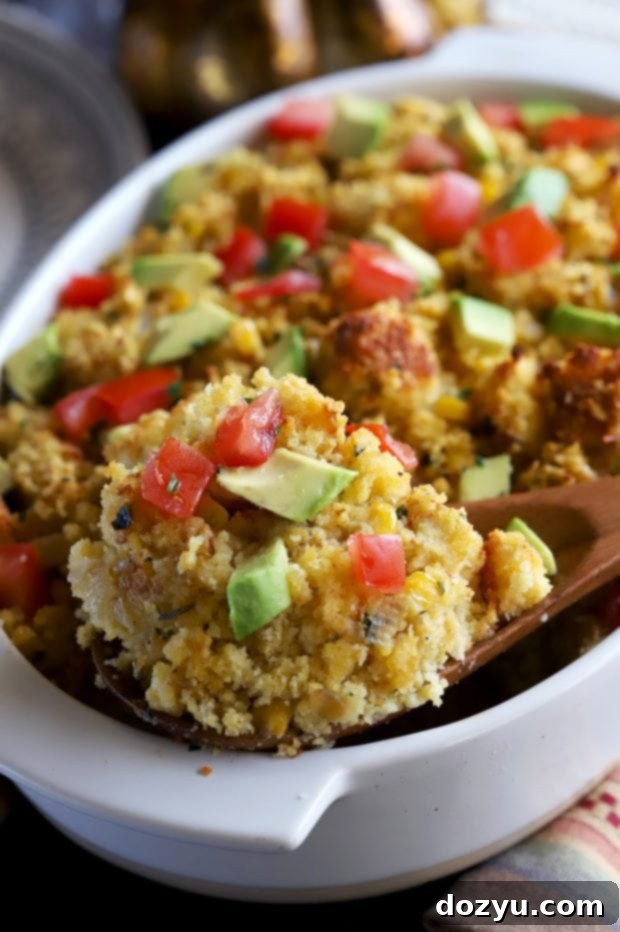
Stuffing Recipe Inspiration
Now that you’re equipped with the knowledge of the best breads and essential tips, it’s time to put that wisdom into practice! Here are a few fantastic stuffing recipes to get you started, each offering a unique flavor profile and experience:
- A timeless classic, this sage and onion stuffing is delightfully simple, comforting, and perfectly complements any holiday spread. It’s the kind of familiar flavor that evokes nostalgic memories of grandma’s kitchen. This recipe is also excellent for preparing ahead of time; simply assemble, freeze, and bake on the day you plan to serve!
- For those seeking a more complex and sophisticated flavor palette, this caramelized onion, apple, and sausage stuffing offers a modern and exciting twist on the traditional side dish. The sweet and savory notes blend harmoniously, making it our absolute favorite Thanksgiving stuffing recipe year after year.
- If you’re intrigued by the idea of using cornbread in your stuffing, this vibrant green chile cornbread stuffing is a must-try. It infuses your dish with a bold Southwestern flair, delivering a delicious kick and an incredibly moist bite that’s packed with character.
And if you’re planning a full holiday feast, don’t stop at stuffing! Explore a wealth of other Thanksgiving recipes, including delectable sweet potato casserole, creamy mashed potatoes, savory green bean casserole, classic pumpkin pie, and, of course, the perfect turkey. You can find everything you need in my comprehensive Thanksgiving archive.
